Painting a mural can be an incredibly rewarding way to personalize your space, but it can also feel daunting if you’ve never tackled such a large project. Over the years, I’ve painted countless murals, both for myself and for others, and I’ve learned some valuable lessons along the way. Here are five tips to help you start your own mural project with confidence, while also making it practical for your home.
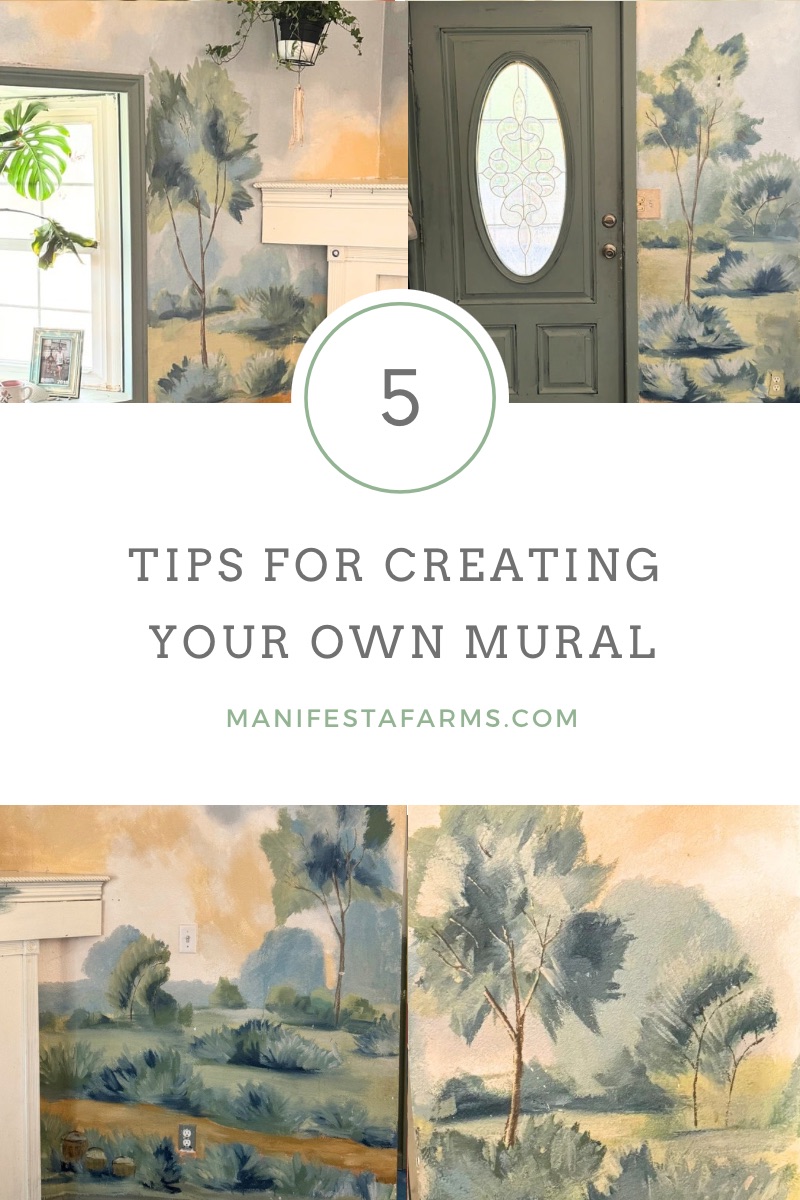
1. Start Small and Find Inspiration
If you’re new to mural painting, begin with a smaller space, like a bathroom or hallway. These areas are perfect for experimenting without feeling overwhelmed by a large, blank wall. Before you start, gather inspiration from art books, Pinterest, or Instagram. I’ve always found that having a clear vision makes the process more enjoyable. For my first few murals, I simply replicated what I loved—a giant sun in my sisters room, a three panel mural above my parents couch with a single pink rose in each space, and detailed flowers on our kitchen cubbards. Don’t be afraid to copy elements you love from other works; it’s a great way to build confidence and develop your style.

2. Use the Grid Method for Accuracy
One of the biggest challenges in mural painting is scaling up a design. When I painted my first commissioned mural at a local pizza shop, I used the grid method to accurately transfer my design from paper to the wall. This technique involves drawing a grid over your original image and replicating it on the wall, square by square. It’s a simple yet effective way to ensure that your proportions are correct, especially when working on a large scale. If you don’t have access to a projector, the grid method is an invaluable tool to help you get started.
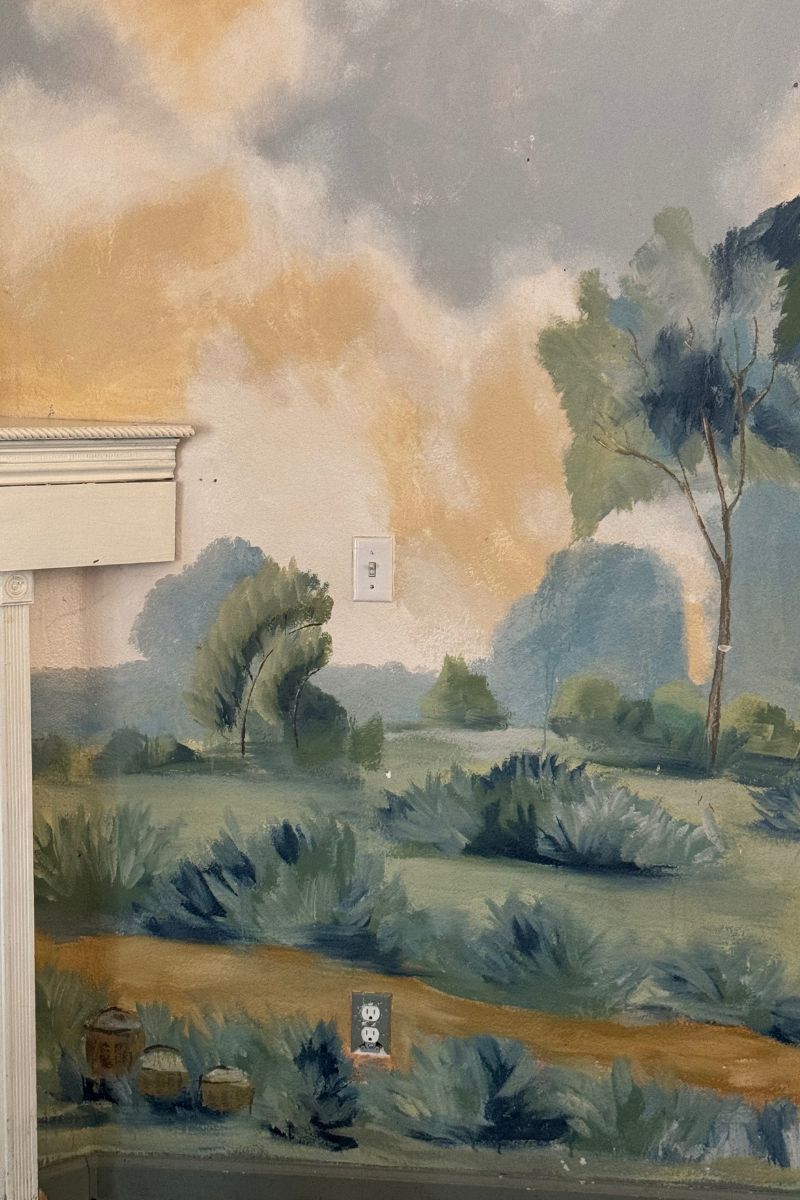
3. Incorporate Practicality Into Your Design
When painting a mural in your home, consider how it will function in your space. With ten children, I quickly learned that white walls don’t stay clean for long. In our hallway, I painted a fun mural to hide smudges and fingerprints, opting for darker colors on the lower portion of the walls. This not only added character but also kept the space looking tidy. Think about how your mural can enhance your living environment, whether by hiding imperfections or adding warmth and personality to a room.
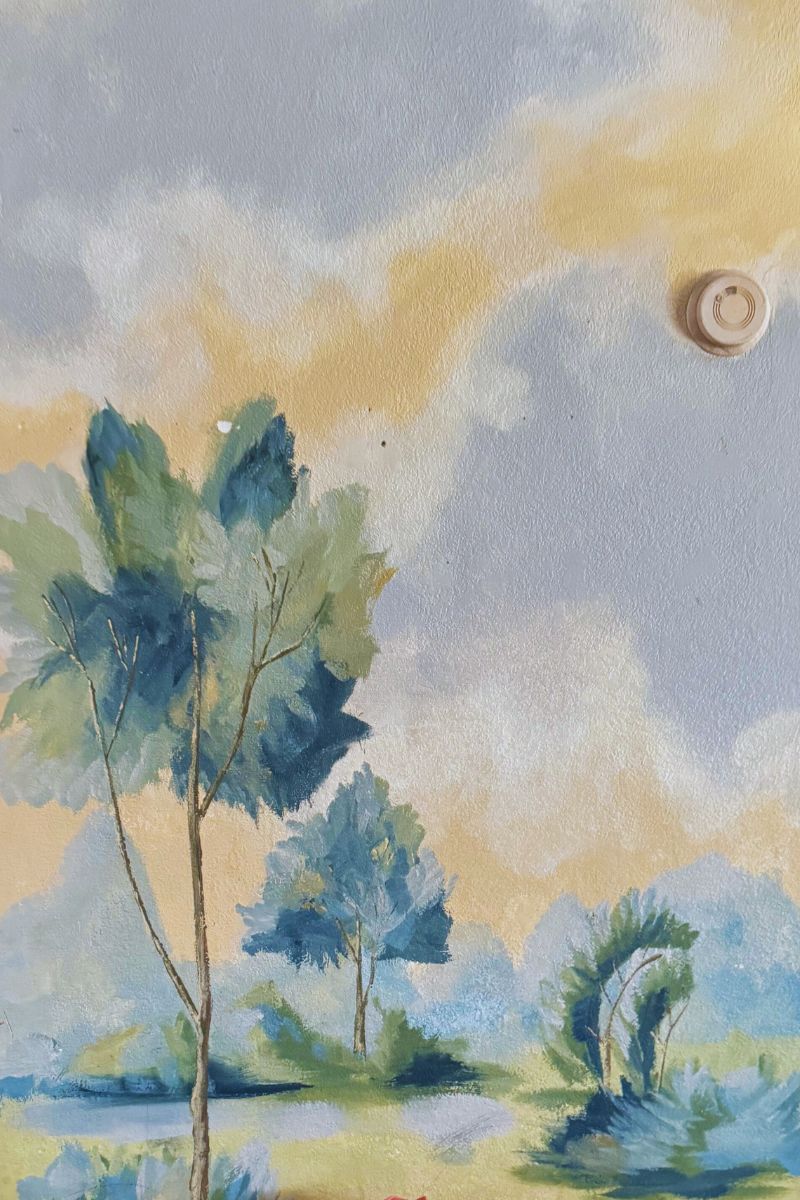
4. Experiment With Tools and Techniques
Don’t be afraid to get creative with your tools. When I painted a magical forest mural in my home, I used acrylics, spray bottles, sponges, and even my fingers to achieve a watercolor effect. I found that using a spray bottle to blend colors created a soft, dreamy look, perfect for the impressionistic style I wanted. Experiment with different brushes, rags, and even household items to achieve unique textures and effects in your mural.
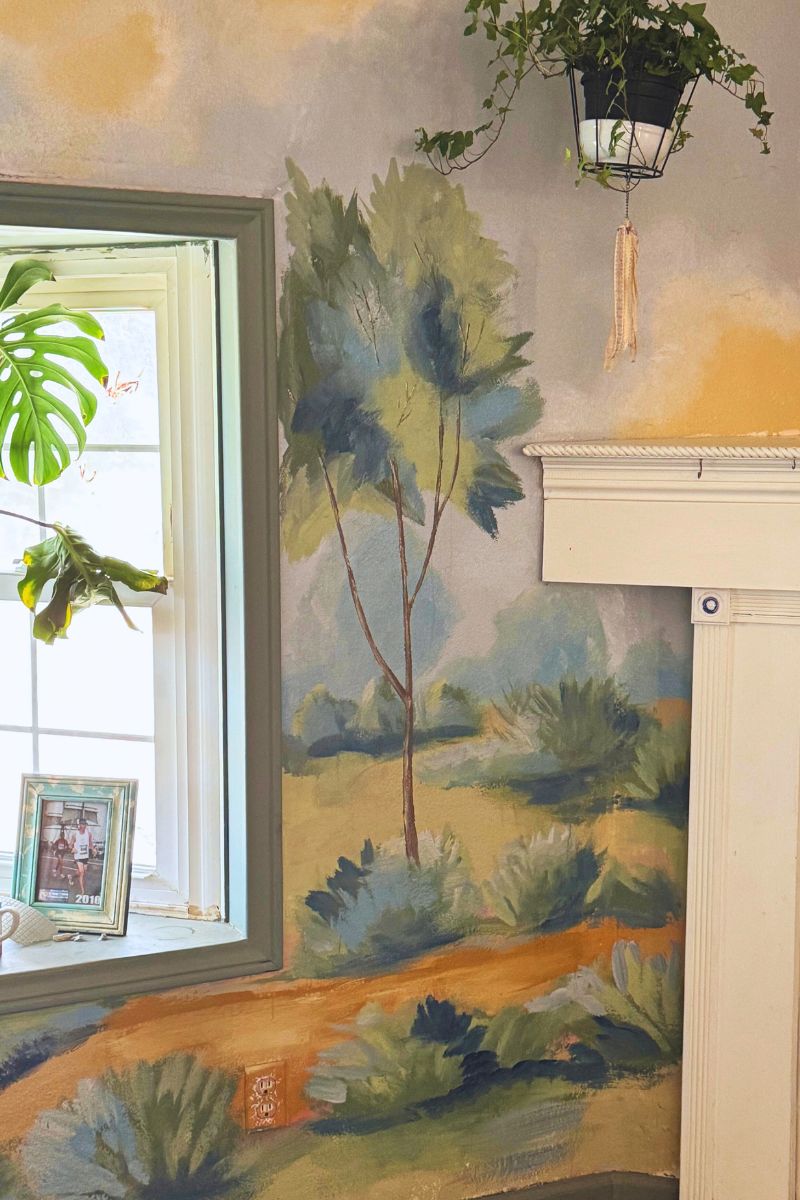
5. Plan for the Long Term
While murals are a fantastic way to add personality to your home, they can also be visually overwhelming if not planned carefully. After filling my home with colorful murals, I eventually scaled back to reduce visual clutter. Now, I focus on strategic placement, like accent walls or smaller sections, to keep the space cohesive and comfortable. When planning your mural, consider how it will fit into the overall design of your home and how it might evolve with your style over time.

Painting a mural is a creative and practical way to personalize your home. By starting small, using the grid method, incorporating practical design elements, experimenting with tools, and planning for the long term, you can create a mural that enhances your space and reflects your personality. Don’t be afraid to start—embrace the process and enjoy the transformation.














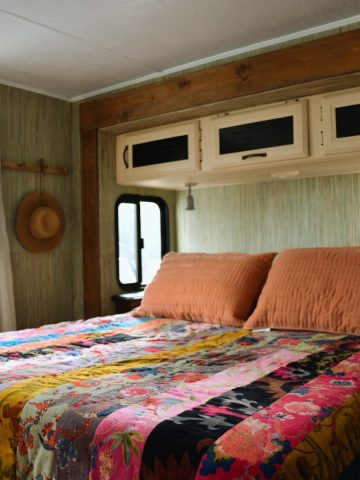
Share a Tip